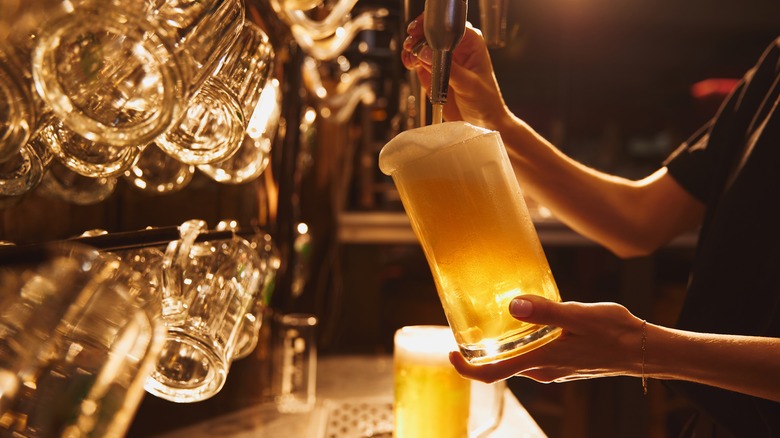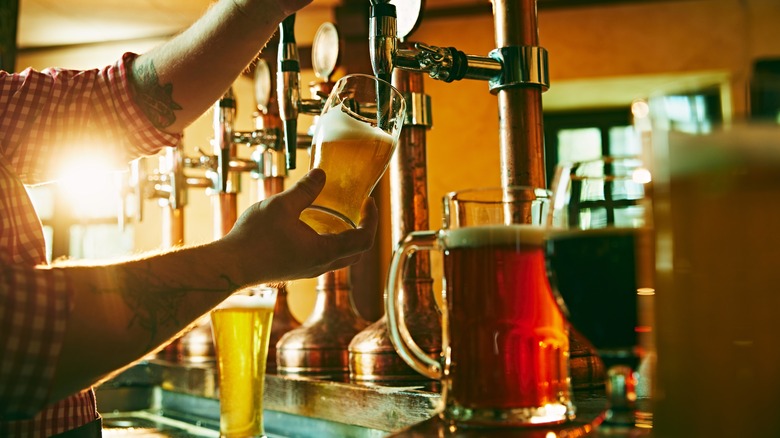Is Beer Considered A Carbonated Drink (And How Does It Get Its Fizz)?
Beer, at its core, is a bubbly drink, but that characteristic fizz isn't just for a poppin' show. It's actually a large part of how beer is experienced overall, from flavor to feeling. The bubbles are there because of carbonation, which is when carbon dioxide is dissolved in a liquid — that's what makes beer a carbonated drink. The gas can get into the liquid through two main routes: the natural process of brewing or by being forced in.
The traditional way that beer gets bubbles is during the brewing stage. The brewer introduces yeast, which soaks up the sugars from the grains to create alcohol. This basically sums up the beer fermentation process. While beer is fermenting, the yeast produces not only alcohol but carbon dioxide as well. If this happens in a closed container, the gas has nowhere to go so it gets absorbed into the beer, creating a strong carbonated drink.
Sometimes brewers go a different route by bottle conditioning, which is when they add a little more sugar and yeast into the bottle before sealing it. By doing this, another level of fermentation occurs inside the bottle to produce carbonation. There are other, less-popular methods like krausening, which uses a previously made beer and adds it to a new wort.
How carbonation creates different styles of beer
When you crack open a beer can or pour a draft beer, the amount of fizz has a big impact on the beer's presentation, flavor, and texture. British ales like IPAs and brown ales tend to have a gentle carbonation, making a smooth, velvety finish while you're drinking. American ales, on the other hand, usually have a more pronounced carbonation, which creates a crisp, bright tone. On the higher end of carbonation, you'll find German ales, which are usually lighter but feature more fizz than others. Achieving the right level of carbonation is important, especially when you're trying to ensure a perfect pairing for your next BBQ.
The crisp and refreshing lager (the most popular beer in the world) is usually made by forced carbonation to reach consistent levels of fizz. Then you have stouts and porters, which are less carbonated for a heavy, fuller feel. Some stouts use nitrogen instead of (or along with) carbon dioxide. Nitrogen bubbles are much smaller, which creates that creamy texture stouts are known for — not unlike what you'd find in a nitro cold brew in coffee shops.
Just as the hops, malt, and yeast are carefully measured and added, beer brewers carefully consider the level of carbonation needed when they craft a brew. Whether they choose to use the natural or forced method, they're strategic in adding the right amount of gas to their product to create a consistent, delicious beer.

